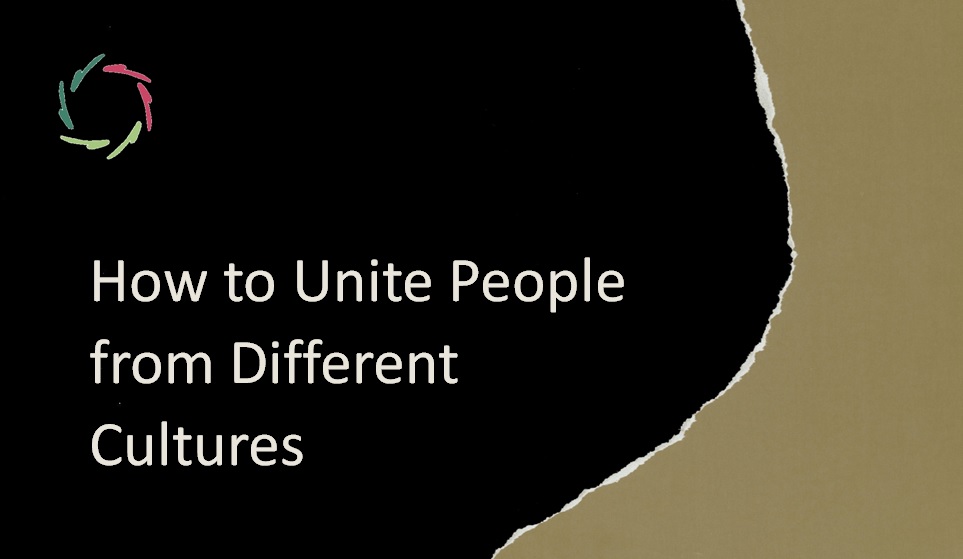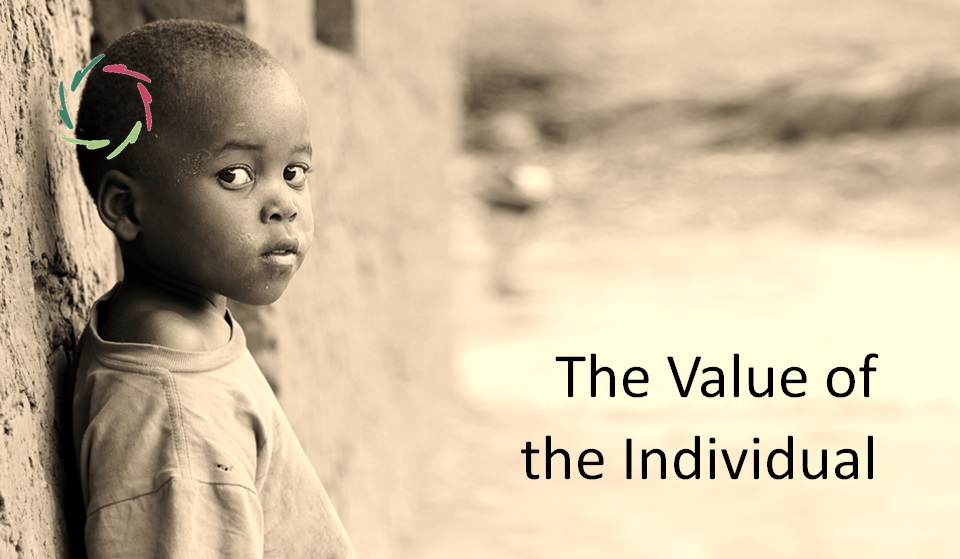How to Unite People from Different Cultures

Depending on how well they know themselves, people from different cultures may be more similar as well as more different from each other than they imagine. This poses challenges and immense opportunities.
Please read first: Constructionism – Constructor – Construct
A culture emerges and endures through its constructed reality.
This is the case especially now because many cultures exist next to each other for people to pick as they choose ― theoretically.
Practically, this free choice is less evident. The reason lies in the cultural influence of constructs – as a net of associations – upon individuals. This influence happens mainly at the subconceptual level without much conscious awareness.
The construction – by many individuals and together – makes the culture. Then, the culture stabilizes the construction. This insight is crucial to bringing people of different cultures together and making cultures compatible.
Geopolitical relevance
Since at present – and much more so since the start of the millennium – huge geopolitical blocks are shaping the near future of the planet, cultural issues are increasingly important in two ways simultaneously:
- Very different cultures should respect themselves. People can find in their own cultures many ways towards depth. On this path, it is necessary to see constructs as valuable metaphors. Even if a metaphor is not fundamentally true, it is true as metaphor. This doesn’t diminish its worth ― quite the contrary.
- Very different cultures should respect each other. This becomes easier starting from the first point. Moreover, cultural differences may facilitate the work of the first point for each. In ‘respect’ lies the willingness of many people to profoundly open up to other cultures. This encompasses tolerance without losing anything profoundly worthwhile from the own side. It includes the ability to change from the inside without being changed from the outside.
‘The truth’
Since most people have little insight into their own constructing, constructed ‘truth’ can be a hard divider that needs to be overcome on the path towards unification. Also, many cultures tend to (mis-)use ‘the truth’ for group formation. Insight into this phenomenon can help people understand the why of many differences. Thus, inviting them to reflect upon this is a good idea.
But that is not enough to make them see through the constructs. Moreover, it can be challenging to start ‘seeing through the mirror of constructed truth.’ This stress may make it harder to see each other on the other side ― instead, seeing one’s reflection with anxiety, aggression, and all.
It’s easier to see the small construct in another’s eye than the large construct in one’s own.
On the other hand, it can be liberating – and healing – to get loose from lifetime constructs if this happens on a gentle-enough slope. This can make people gentler and stronger and feel closer together over any border. Interestingly, culture becomes more validated through the same, which is how it should be: culture as an instrument to unite people internally and externally.
Learning from different cultures
This is mainly learning about oneself.
It’s also nice to see in this an opportunity to let others learn from one’s own culture in-depth beyond trying to convince others of the own righteousness. Ways to do so are crucial, complex, and in need of much individual support.
One important support is related to:
(sub)cultural alienation
Seeing through constructs may be especially challenging in an unappreciative environment. A person can become a dissident or even an outcast. This can happen unpreparedly and with substantial consequences.
If it happens to you, the best is always to take it seriously. Please don’t start fighting your cultural environment.
At the same time, do not think this will quickly pass. Constructs are frequently embedded in a tapestry of other constructs with many overlaps. If you tear at one element, you tear at the tapestry within one person and over many. Add to this the aspect of time, and you get a feel of the conundrum in which, over time, many people have found themselves to their detriment.
Global community
Social media can be put especially to good use by connecting many people this way, not forming a new silo except one in which everybody is welcome, and with the specific aim to unite people from different cultures in-depth.
DailyTwinkles for Planetarianism is the AURELIS endeavor to do so, with the aim of building a global culture of Compassion.


